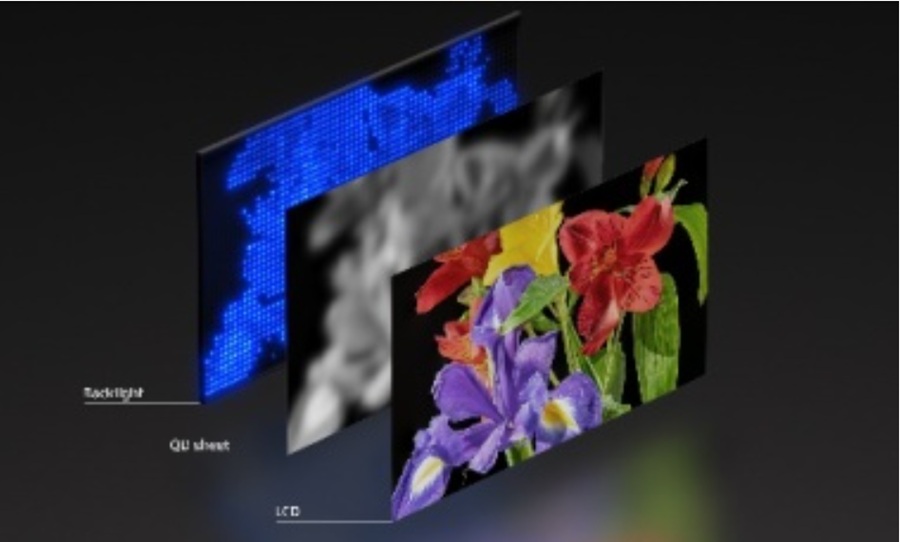
Sony announced today a new display system featuring an independent drive RGB LED with a high-density backlight. This setup allows red (R), green (G), and blue (B) lights to operate separately, delivering sharp color purity and a wide color gamut for vibrant images on large screens.
Sony explained that its proprietary advanced backlight control technology enhances the system, ensuring faithful reproduction of delicate hues and subtle light gradations across the display, even on expansive screens.
The company emphasized that in cinematic works like films, storytelling hinges on subtle colors, deep blacks, and precise light gradients. This system strengthens these elements, offering image quality that reflects creators’ intent, making it ideal for both film production and home viewing.
Sony noted its decades-long support for creators through professional monitors used in color grading and BRAVIA screens as reference displays, experiences that shaped this development.
Key Features
Sony highlighted its pioneering role, having developed the world’s first LCD television with a full-array RGB LED backlight in 2004. Since then, it has refined backlight precision, deepening its understanding of LED characteristics, which informed this system.
Wide Color Gamut Performance
The independent RGB LED design ensures high color purity, covering over 99% of the DCI-P3 color space and approximately 90% of the ITU-R BT.2020 standard.

High Picture Quality via Advanced Backlight Control
Expanded Color Volume
Sony’s backlight tech pairs with the RGB LED to optimize the panel’s wide color gamut, delivering nuanced hues across large screens. A dynamic power allocation function adjusts each RGB channel per scene, balancing luminance and gradation.
Unlike conventional TVs that over-brighten elements like stars or the moon in night scenes, Sony’s approach renders single-tone scenes—like deep blue skies or vibrant red autumn foliage—with vivid detail. It achieves peak brightness exceeding 4000 cd/m², a benchmark from Sony’s professional monitors and the highest color volume in its display history.
Wide Dynamic Range & Precise Gradation
Processing signals at 96 bits with high speed and precision, the system handles deep blacks, brilliant whites, and intermediate tones seamlessly. It excels where OLED struggles—depicting moderately bright, saturated colors—and offers wide viewing angles with minimal color shift or brightness variation, thanks to high bit-rate processing.

Accurate Color Reproduction
A dedicated control processor manages densely packed RGB LEDs, preventing white clipping in bright areas and black crushing in dark ones. With roughly twice the processing power and pixel correction tech of conventional local dimming, it captures subtle color differences accurately.
Sony added that it’s collaborating with MediaTek Inc., a long-term partner known for Pentonic SoCs in smart TVs, on control processors. It’s also working with ROHM Co., Ltd. on LED drive ICs and Sanan Optoelectronics Co., Ltd. on LEDs, aligning these partners with its vision for next-generation displays.
Availability
Mass production begins in 2025, with Sony aiming to integrate this system into consumer televisions and content creation displays.
Looking ahead, the company said,
They will continue to expand the possibilities of visual expression through cutting-edge technology, building the future of entertainment together with creators.
